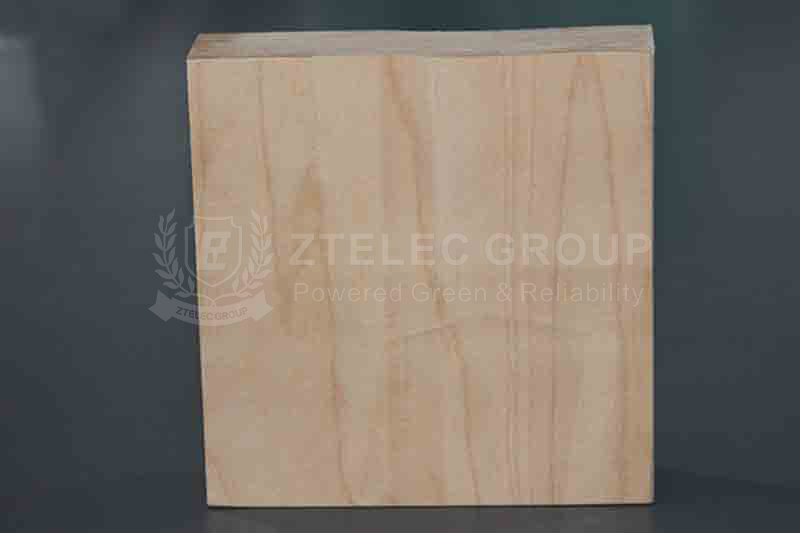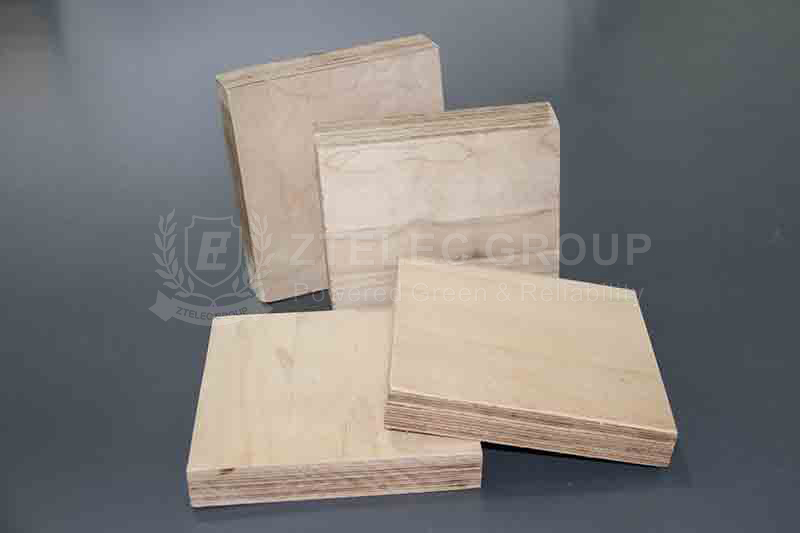Electrical laminated wood is a composite material made by fusing birch veneers with phenolic resin and adhesive under high temperature and high pressure. It is widely used in the fields of electrical equipment, insulating components, and mechanical support structures.
The specific specifications of laminated wood are as follows:
Regular thickness: 10 – 100mm
Regular size: 1000×2000/1500×3000mm
Insulation class: Class A (105° C)
Regular density: 1.1 – 1.2g/cm³
Color: The original color of wood

Laminated wood is an insulation material made by pressing multiple layers of birch veneers, and it has the following advantages:
After being treated by a special process, electrical laminated wood has high mechanical strength and hardness, and can withstand a certain degree of external force impact and pressure. In electrical equipment, it can serve as a structural support component and ensure that the insulating performance is not affected. For example, in the end cover of a large motor, electrical laminated wood can be used as an insulating support structure to bear the weight of the motor and the vibrations generated during operation.
Electrical laminated wood has a very high insulation resistance, which can effectively prevent current leakage. In electrical equipment, it can be used as a reliable insulating component to prevent electric leakage and ensure the safety of equipment and personnel. Just like in high-voltage switchgear, using electrical laminated wood as an insulating partition can effectively isolate the live part from the grounded part, avoiding the occurrence of short circuits and grounding faults.
Laminate wood can resist chemical corrosion and are not easily eroded by mold and fungi, so they can maintain a long service life.

Although laminated wood planks have many advantages, they also have some drawbacks, such as:
Raw material and processing costs
Because electrical laminated wood has high requirements for the selection of raw materials and processing technology, its cost is higher than that of some common insulation materials. This leads to a certain degree of limitation in its application in some low-voltage electrical equipment that is sensitive to cost.
Fluctuations in market prices
The fluctuations in the prices of raw materials will also affect the cost of electrical laminated wood, increasing the difficulty of cost control for equipment manufacturers.
Hygroscopicity
Electrical laminated wood has a certain degree of hygroscopicity and is very likely to absorb moisture in a humid environment, which will lead to a decrease in its insulating performance. For example, in a humid basement or outdoor electrical equipment, if the electrical insulating laminated wood gets damp, its insulation resistance will significantly decrease, increasing the risk of electric leakage and short circuits.
High requirements for moisture-proof treatment
In order to ensure the performance of electrical laminated wood in a humid environment, strict moisture-proof treatment needs to be carried out on it, which increases the complexity and cost of the production process.
If you need our products please write down any questions, we will reply as soon as possible.
There are three ISO certificates for quality certification. The certificates will be shown later. ISO
After receiving the advance payment, the production cycle is 15-25 days. And the transportation cycle should be calcul……
We supply with installation guide and user manual for each transformer. If you do not understand them. We will offer v……